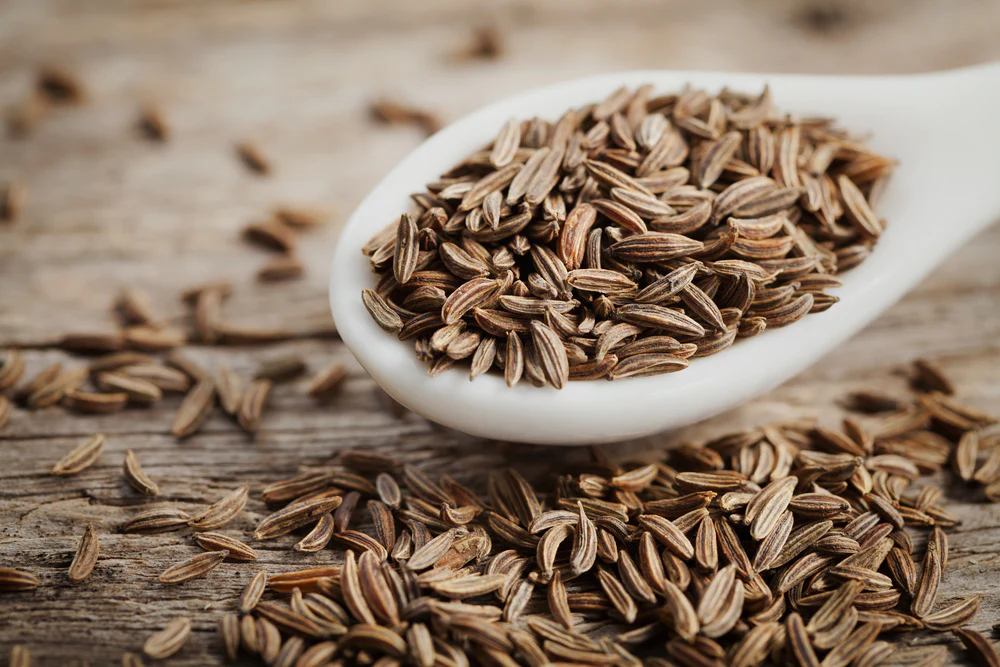
Cumin Jeera (जिरा)
Cumin , known as "jeera" in Nepal, is a spice with notable nutrients and health benefits. Here's an overview of its nutrients, health benefits, and consumption in Nepal:
...
Get Cumin Jeera (जिरा) From Nearby Stores
No Recommendations Available
We couldn't find any stores with Cumin Jeera (जिरा) products at the moment.